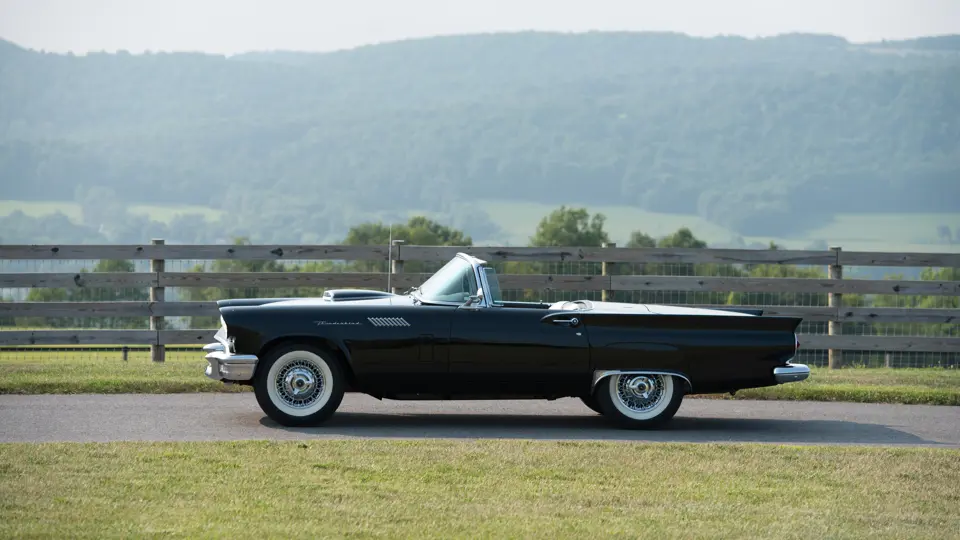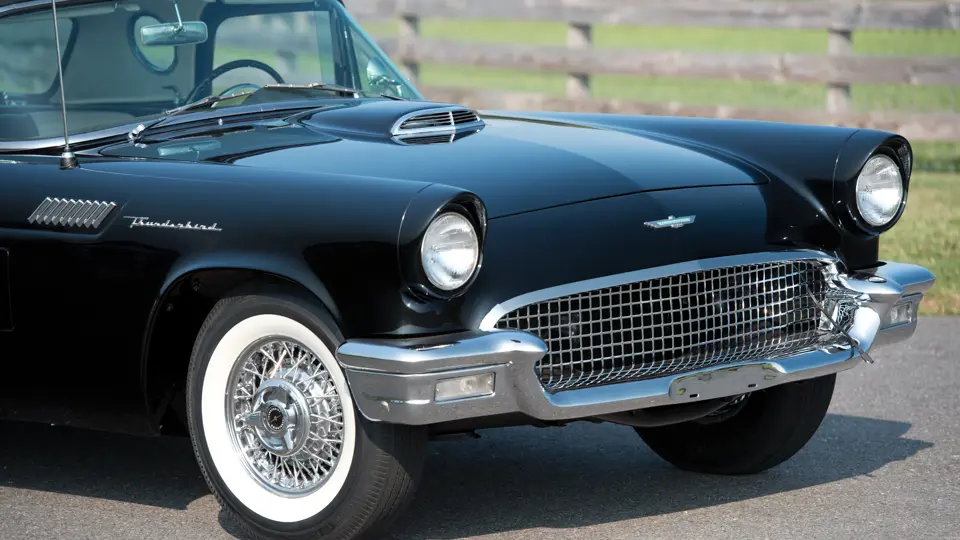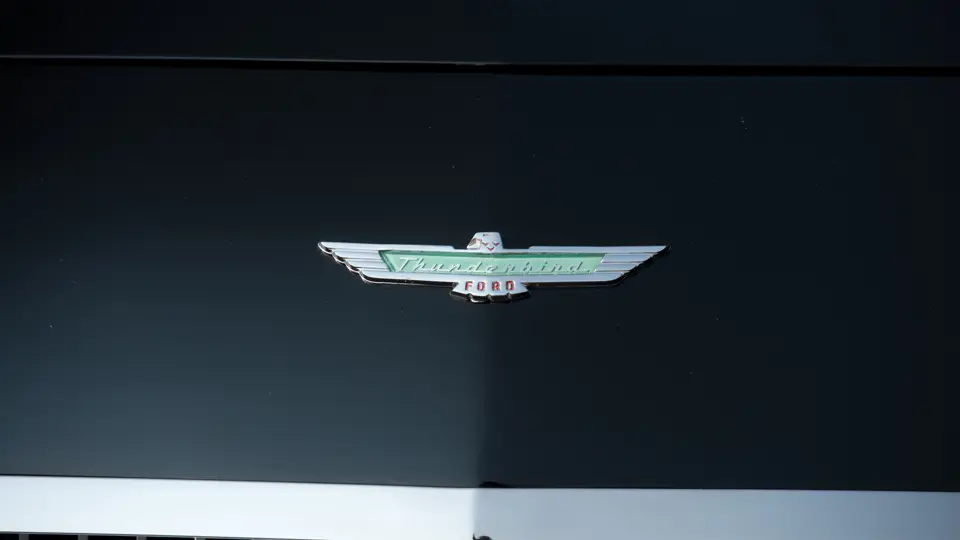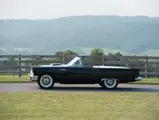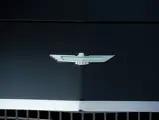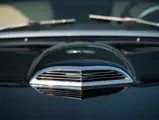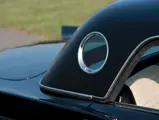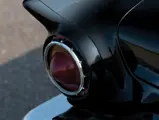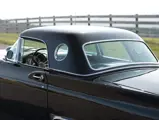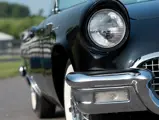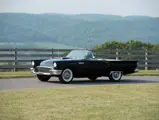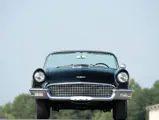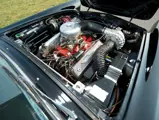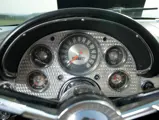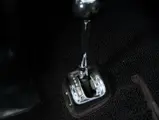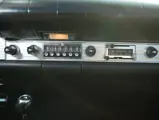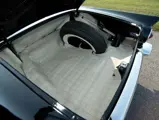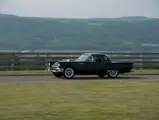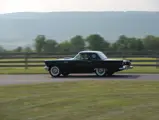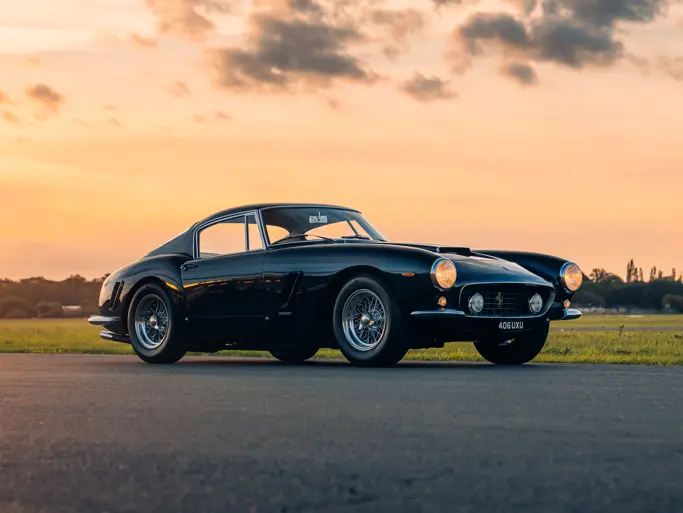
1957 Ford Thunderbird 'F-Code'
{{lr.item.text}}
$137,500 USD | Sold
Offered from the collection of Jeffrey Day
{{bidding.lot.reserveStatusFormatted}}
- Offered from the collection of Jeffrey Day
- The most powerful 1957 Thunderbird
- Documented by a copy of its build sheet
- High-quality and correct rotisserie restoration
- Excellent original colors and options
300 bhp, 312 cu. in. OHV V-8 engine with a Holley four-barrel carburetor and McCulloch/Paxton VR57 supercharger, three-speed Ford-O-Matic automatic transmission, independent front suspension with unequal length A-arms and coil springs, live rear axle with semi-elliptic leaf springs, and four-wheel hydraulic drum brakes. Wheelbase: 102 in.
Over its remarkable 43-year career (and brief 21st century revival), Ford’s Thunderbird has appeared with two and four seats, soft-top and coupe bodies, and eight-, six-, and four-cylinder engines, the latter with a turbo. No doubt the most sought after of all is the renowned 1957 “F-Code” from the early two-seat period.
Ford began coding engines into the vehicle ID number back in 1950. The engine designation, always a single letter, often changed from year to year. Enthusiasts were quick to memorize them though, for therein lay the key to their cars’ DNA. For 1957, of the many engine options available, Thunderbird got four, a “C-Code” 292; a 245-brake horsepower, single four-barrel “D-Code” 312; an “E-Code” dual-quad option that could develop 270 brake horsepower (285 with racing equipment); and at the top of the list, the coveted supercharged “F-Code.”
The “F-Bird,” as it became known, was no doubt intended to challenge Chevrolet’s new-for-1957 fuel injection, but its objective was actually much more ambitious: domination of the nation’s race tracks. In 1956, several T-Birds were modified with superchargers by Pete DePaolo in California, under factory sponsorship. Early in 1957, some 14 cars were built up for NASCAR homologation using Paxton-McCullough VR-57 blowers. Beefed-up cylinder heads were added, as was a dual-point distributor, and their combustion chambers were modified for a lower ratio. Many cars had a hotter cam, and to feed the engine properly, a high-pressure fuel pump was employed. The F-Code option was actually available in any series of 1957 passenger cars, although the Thunderbirds, said to number some 208–211 cars, are the most revered.
The original build sheet, a copy of which accompanies the car, documents that this car was built with a “312 4V Supercharged Eng.,” as well as a Ford-O-Matic automatic transmission, power brakes, power steering, a windshield washer, a signal-seeking radio, a heater/defroster, and a hardtop with no soft-top, and it was originally painted color A, Raven Black, the same color that it wears today. It was originally delivered to the Johns Brothers’ Ford dealership in Detroit, at a total invoice of $3,538.53.
In previous ownership, the car underwent a full rotisserie restoration, and Jeffrey Day’s careful care has maintained its superb condition throughout. The undercarriage is still show-quality. Under the hood, proper hoses and clamps can be found as part of its correct presentation, and the engine bay has been nicely detailed. The finish is still in fine shape, and the interior is well done, with like-new seats and properly fitted carpets. Correct wide whitewall bias-ply tires are mounted on Kelsey-Hayes chrome wire wheels, which have skirts over the rear wheels. The car’s authentic presentation even extends to its correct Ford etched window glass. Only 220 miles are recorded on the car, which is likely the mileage since restoration.
No collection of 1950s Fords is complete without a supercharged model, and the one to have is arguably the F-Bird. The Day Collection’s example, which is documented by its build sheet and restored to better condition than when it left the factory, is second to none.




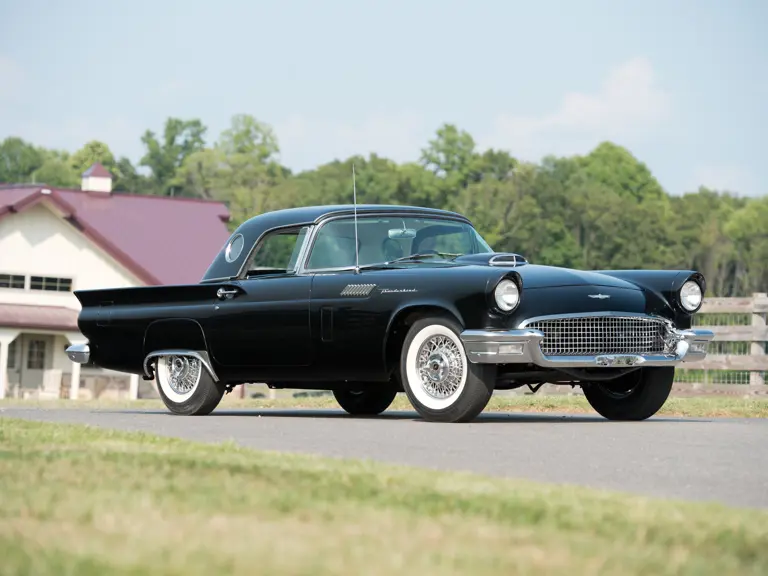
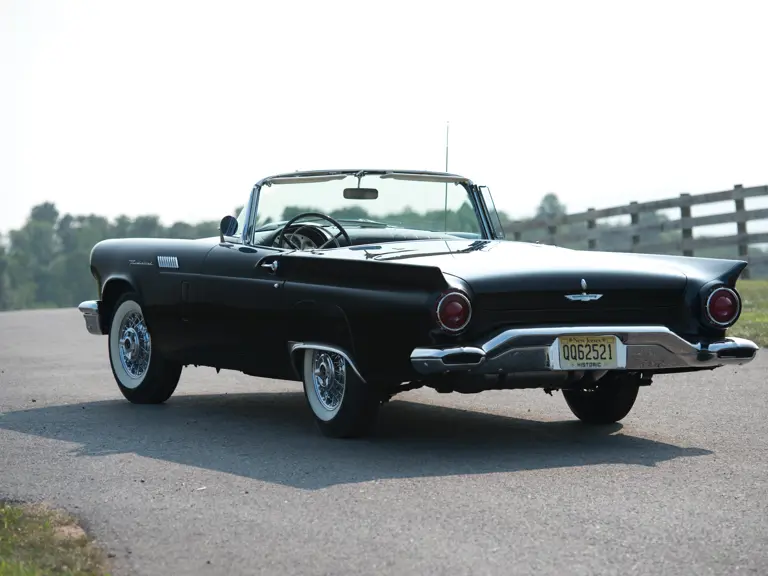

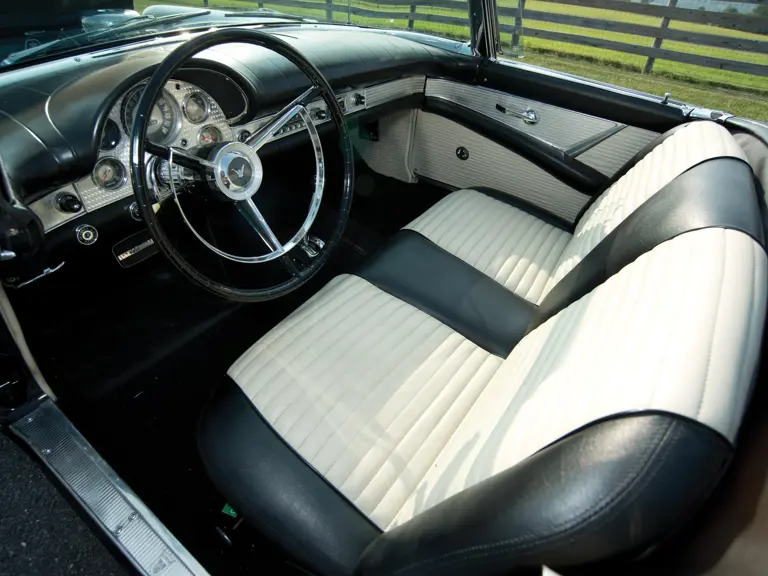
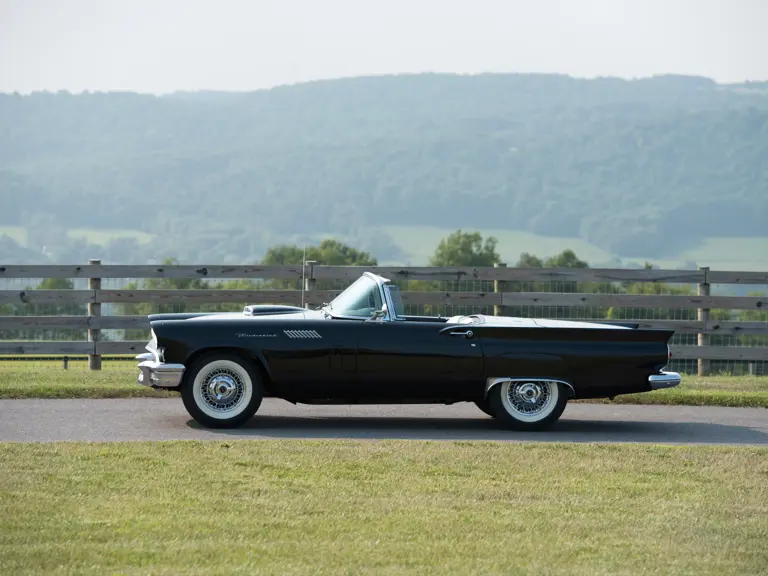
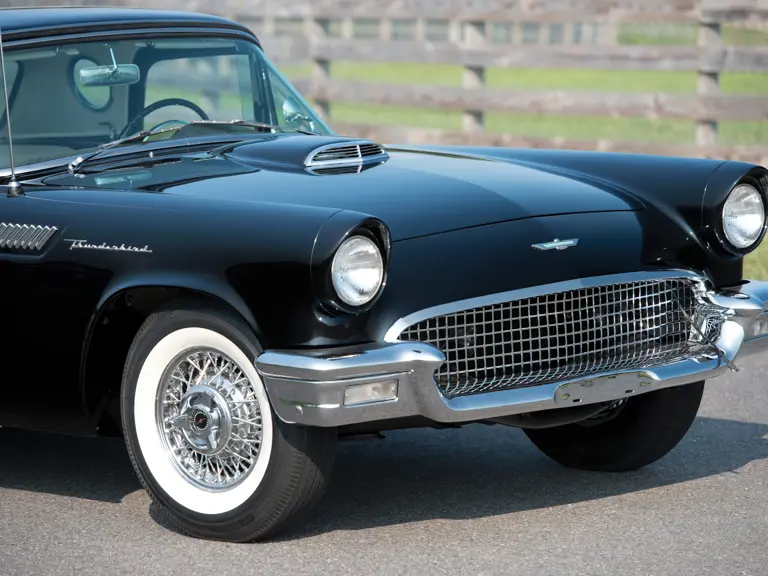
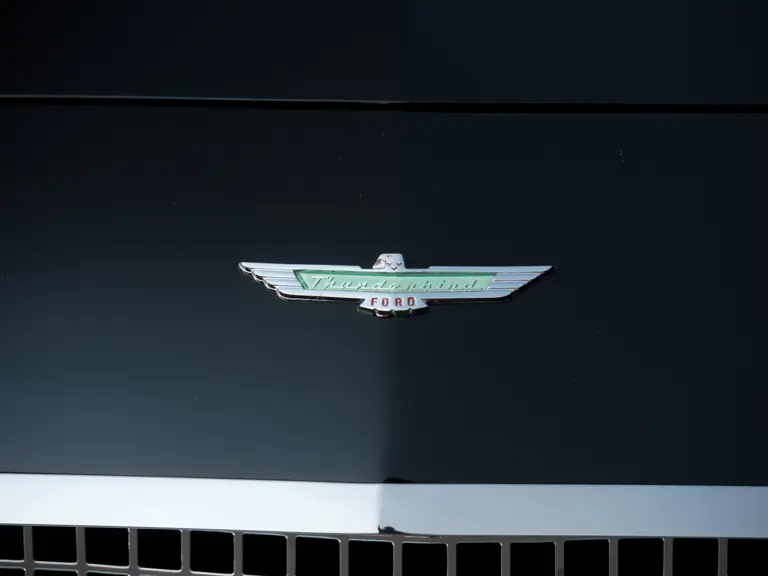
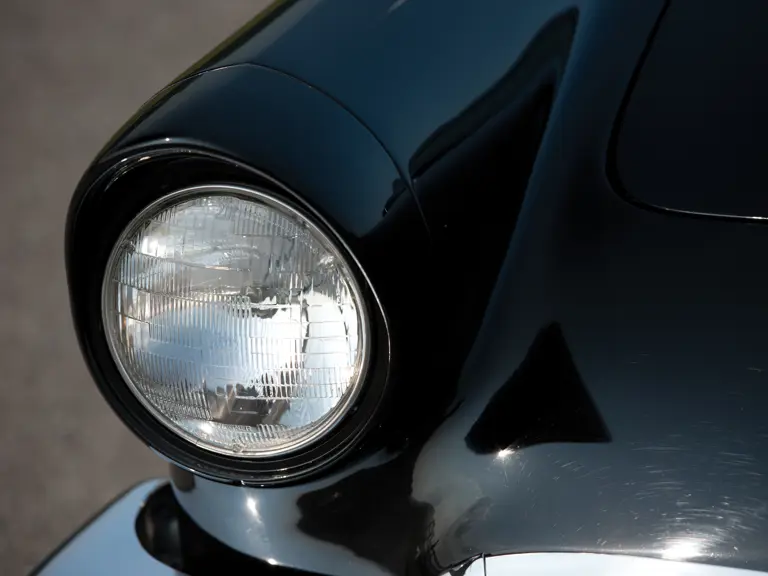
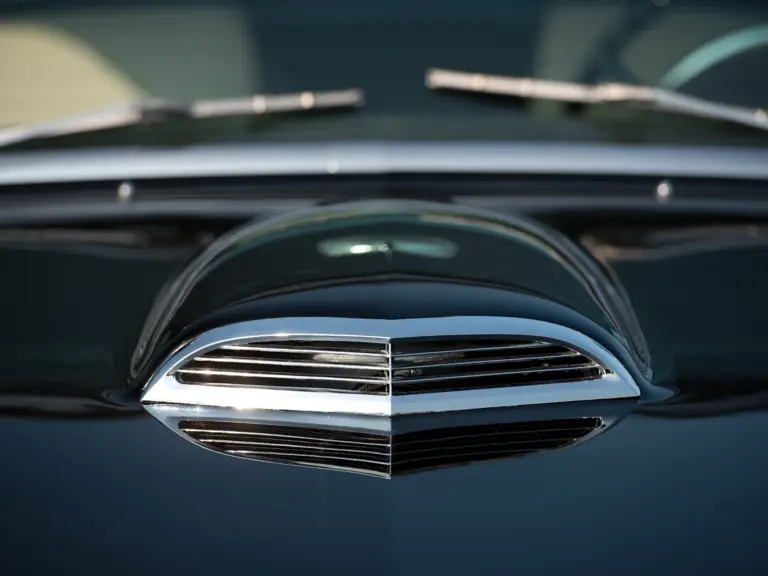
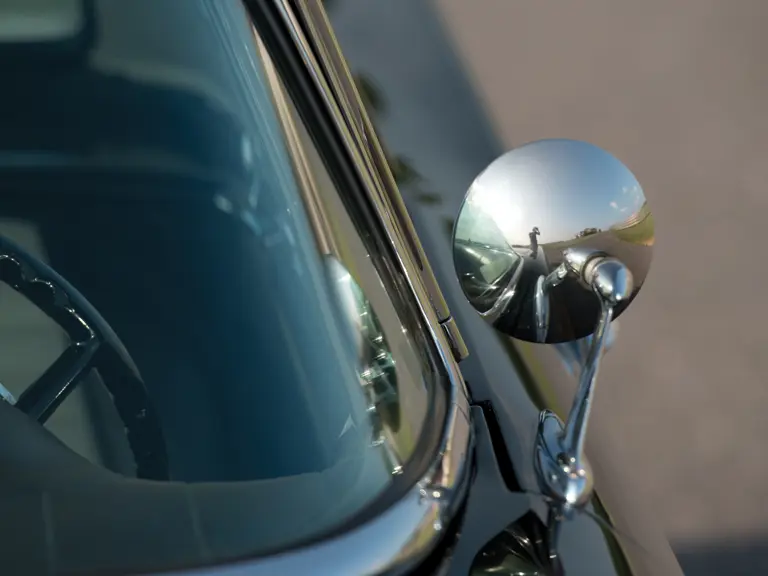
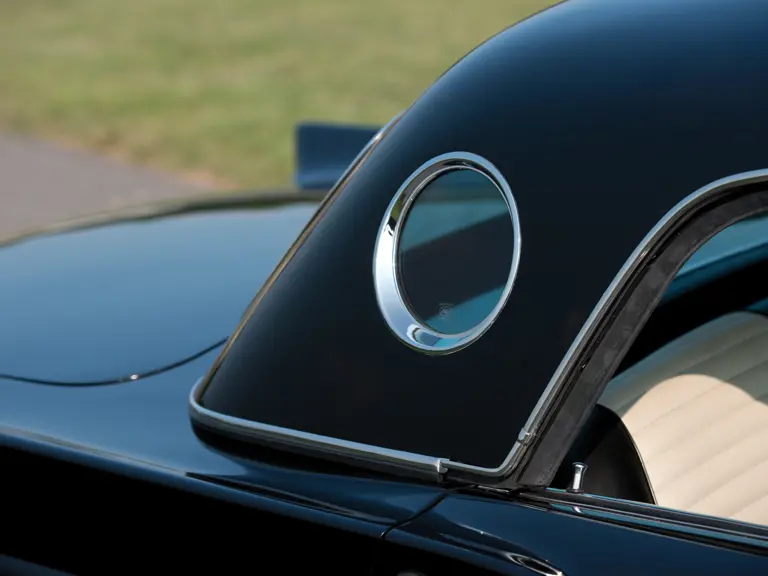
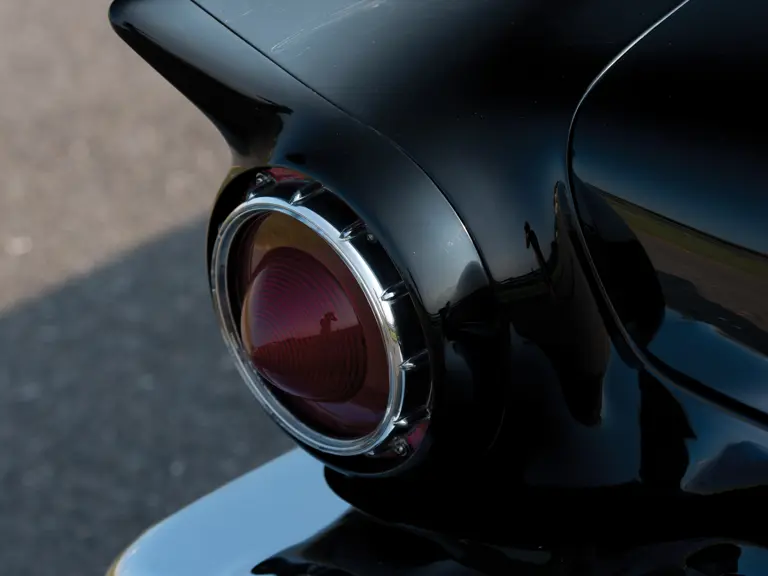
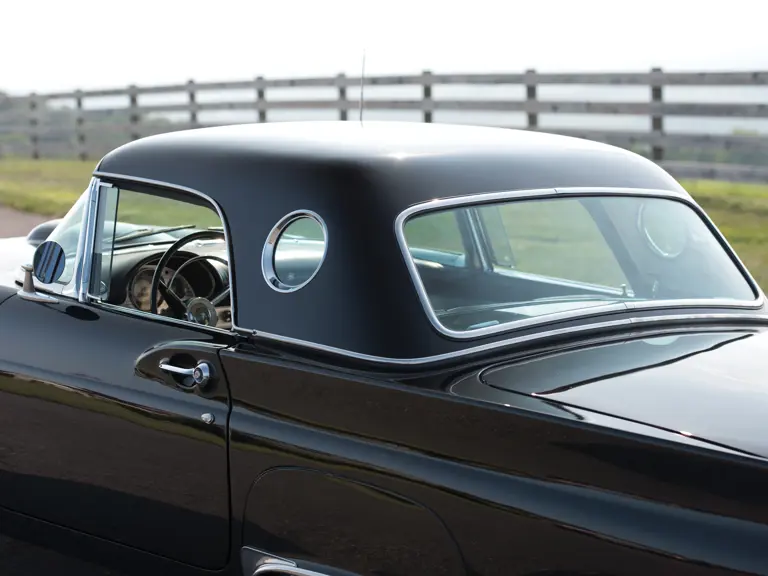

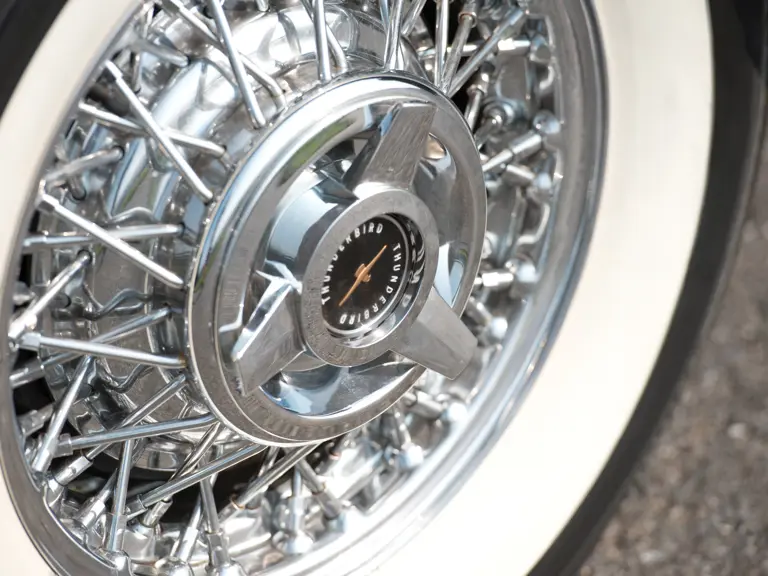
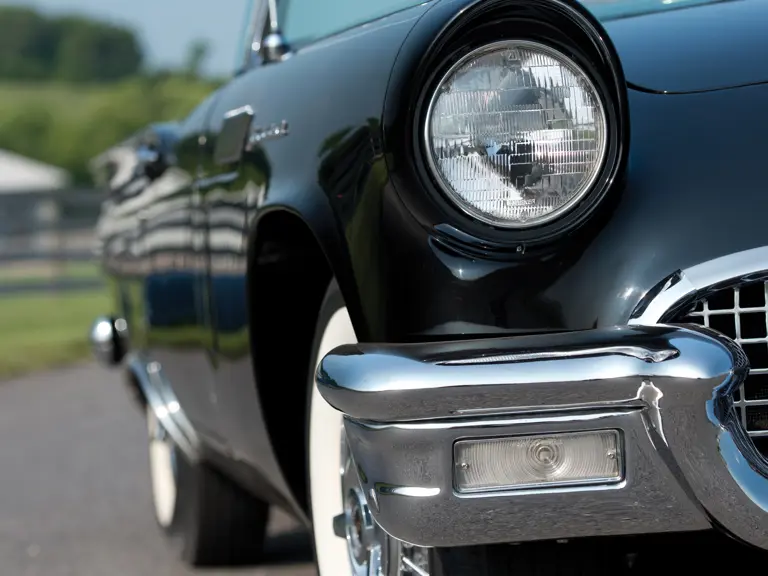
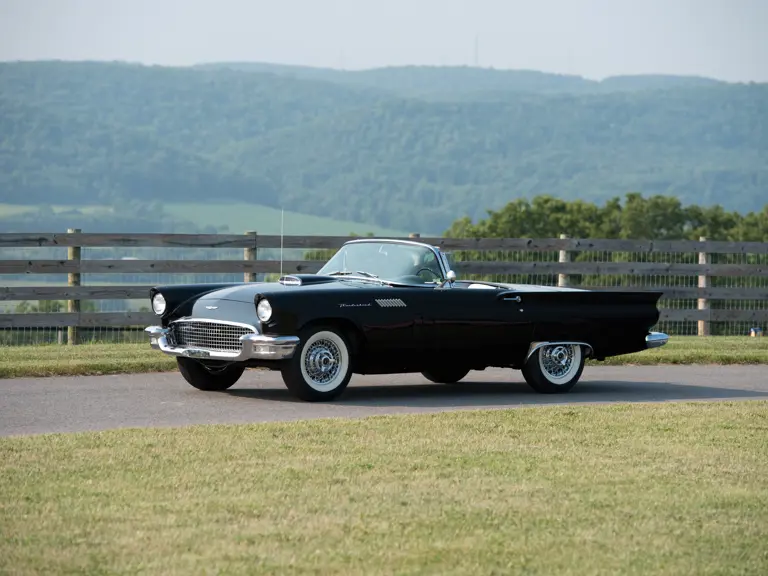

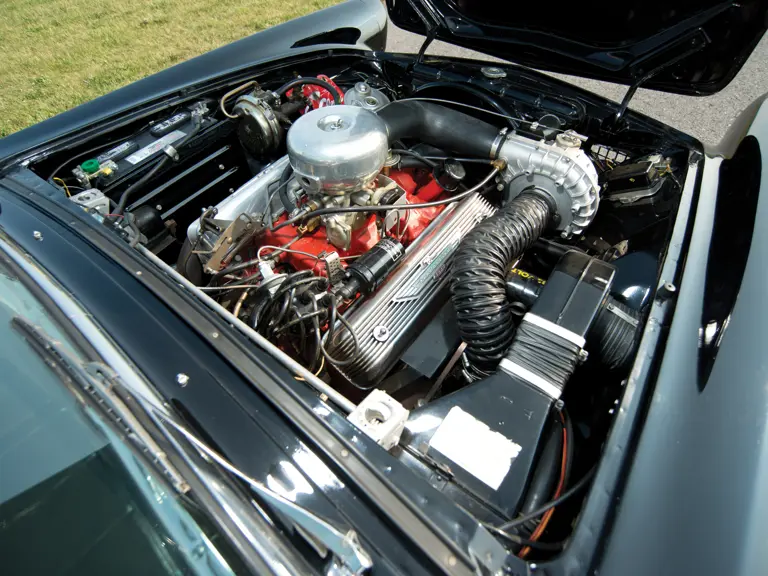
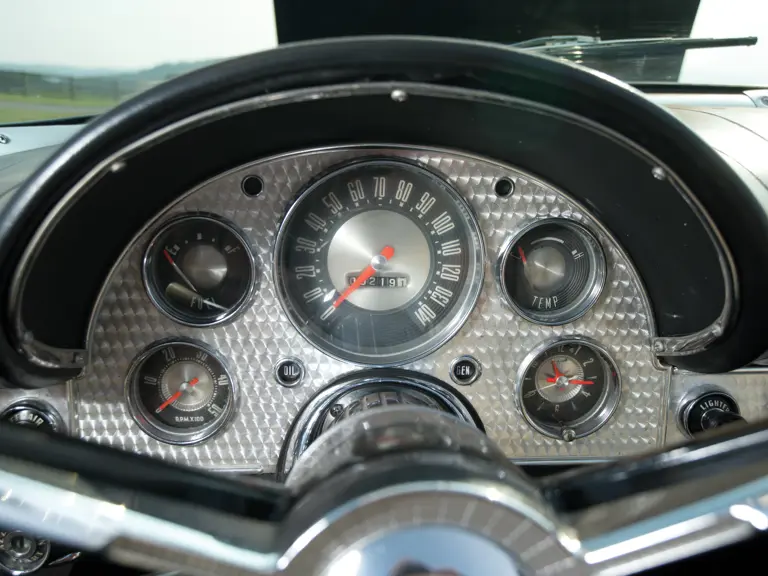
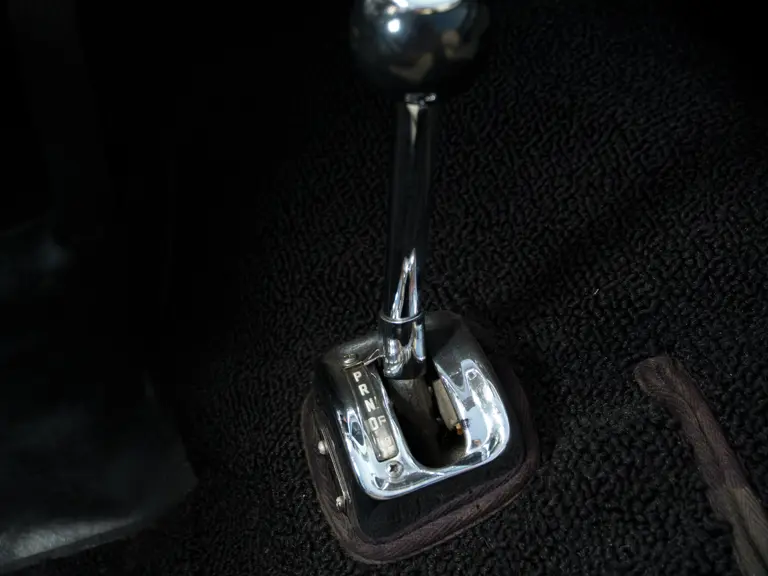
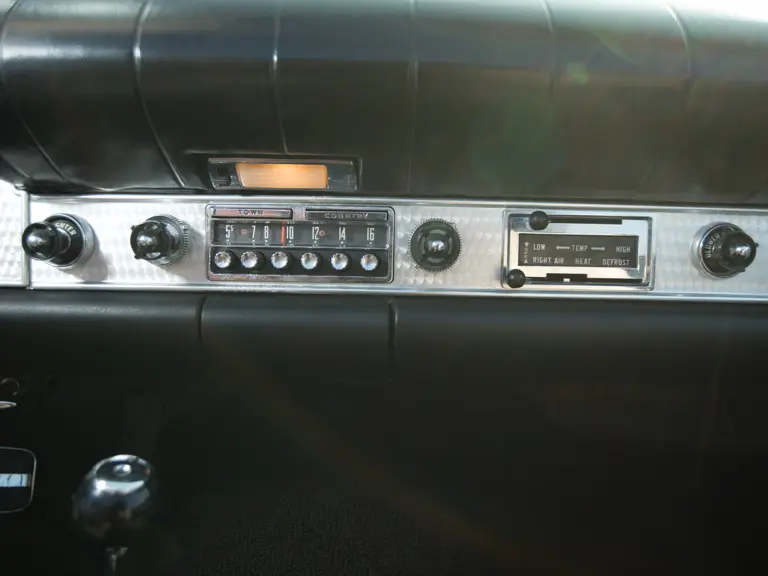
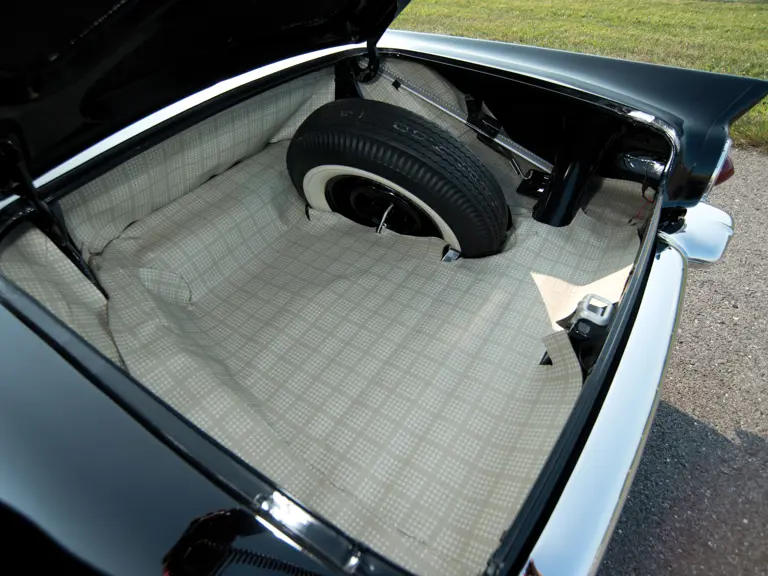
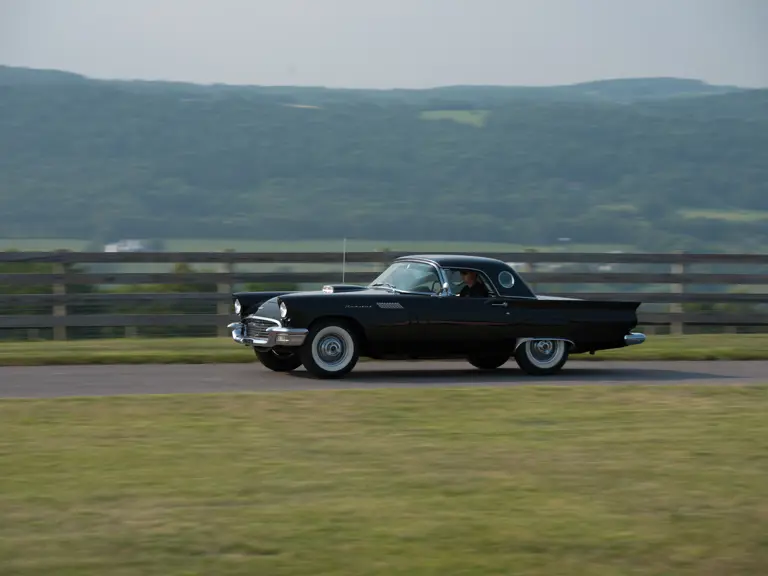
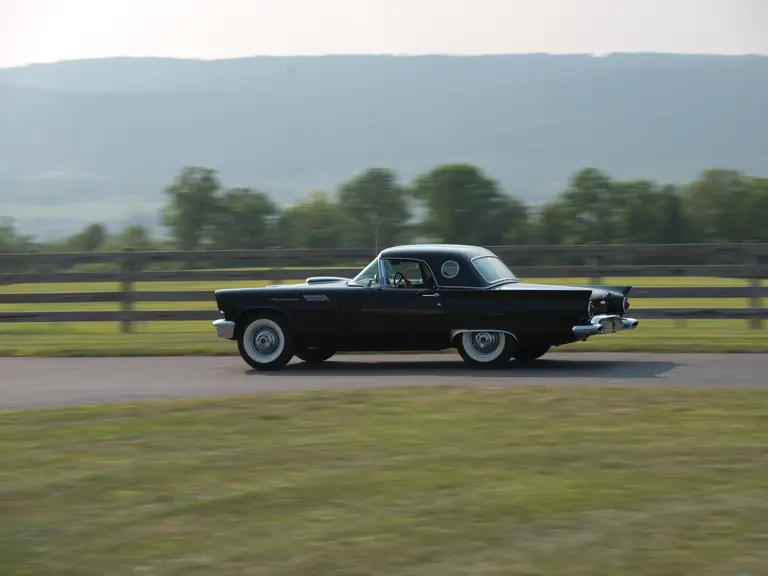
 | Hershey, Pennsylvania
| Hershey, Pennsylvania
